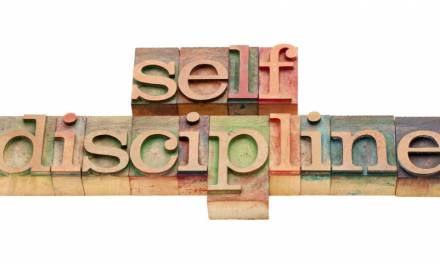England Squash and Racketball is the National Governing Body (NGB) for squash in England and is the umbrella that makes the decisions that affect everyone who plays squash. The first ever squash court was built in 1864 in England with over 50,000 courts in more than 185 countries worldwide.
Squash is a unique sport that requires a specific court to play on and therefore this limits the facilities in which people can play the sport. Squash is a regular sport in the Commonwealth Games and Asian Games, however it was not a sport in the 2012 Olympics games and nor will it be in the 2016 or 2020 games.
The court itself is unique as the players can hit the ball off as many of the walls as they wish, however the ball can only touch the floor once as when it bounces off the floor for a second time that is when the point is won by one of the players. However this does mean that a rule had to be placed where the two players could not obstruct each other from reaching the squash ball to gain a tactical advantage.
The only equipment needed for a game of squash are a squash ball, a squash racket and a squash court, the scoring system is where it is the first player to reach 11 points wins the game and the match is won by the first player to win 3 or 5 games. However if the game is tied 10-10 for example, then the game must be settled by one player having a two point advantage.
Like tennis, squash has many of the same shots such as forehand, backhand, volley and serve. However, these shots require more tactical knowledge due to the court and the nature of the game. As both players are in a small confined court, being able to gain a tactical advantage over their opponent is essential, a popular tactic is attempting to play the ball as close to one of the side walls as possible.
Eight basic rules of Squash:
1. Squash equipment
Squash is played between two players on a squash court using a squash racket, and a squash ball and non-marking shoes.
2. Scoring
Matches are the best of 3 or 5 games. Each game is point a rally scoring to 11. If the score in a game is tied at 10-10, a player must win by 2 clear points
3. How to win points
Points can be scored by either player. When a player fails to serve or to make a good return, the opponent wins the point. When the receiver wins a point, they become the server and add one to their score
4. Service
The ball must be volleyed and must be served direct on to the front wall above the service line (middle line on the front wall). On its return, it must fall to the floor within the back quarter of the court opposite to the server’s box.
5. Play
After a good serve, the players return the ball alternately until one or other fails to make a good return.
6. A good return
A return is good if the ball, before it has bounced twice on the floor, is returned by the striker on to the front wall without touching the floor, provided the ball is not hit twice, or out, or touches the tin.
7. Lets
If a player thinks they may hit their opponent with the ball or racket or the ball hits their opponent, ‘STOP’ and play a let. You then replay the point.
8. Freedom to play the ball
After playing the ball, a player must make every effort to get out of their opponents way.
Squash is a sport which can be very difficult to teach in PE due to the specific facilities required. School halls may need to have sliding division walls or use facilities at a local squash club. This could affect the participation levels seen in the sport as child will only try the sport out if there are courts nearby or if they know someone who plays squash as a hobby. This therefore limits the sporting pathway opportunities available to students that are available in other sports.










